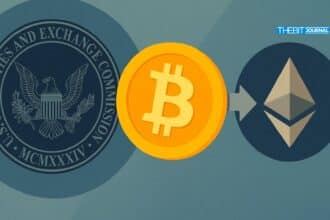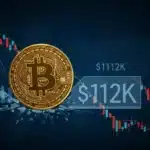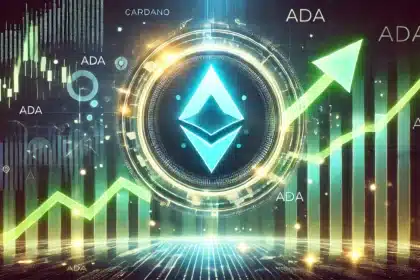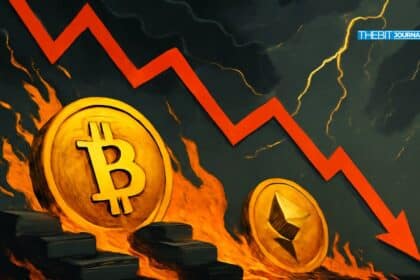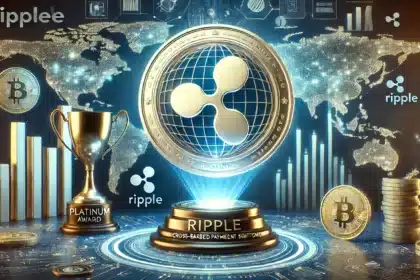In a series of tweets that got the crypto community buzzing, Blockstream CEO Adam Back confirmed that a major Bitfinex whale is back in the market, snapping up 300 BTC per day. This new accumulation has brought fresh attention to whale activity as Bitcoin faces broader market fatigue and uncertainty.
The Bitfinex whale effect
Adam Back, a long-time figure in the Bitcoin space and inventor of the Hashcash proof-of-work system, made the announcement on social media platform X.
He noted that the purchases are being made using a time-weighted average price (TWAP) strategy, so the whale is entering the market without causing price spikes. This stealthy buying is a tactic often used by high-volume traders to spread out orders and not alarm the market.
Back wrote,
“For context, 300 BTC/day is about $400/second all day. Historically they’ve done this for days or weeks and sometimes ramped up to 1000 BTC/day, that’s $1,300/second at these prices.”

The Bitfinex whale’s return has sparked debate on what this means for the market, especially with sentiment still uncertain and price action directionless.
What the Whale’s Return Means
Big buying is usually a good sign, but not everyone sees the whale’s activity as automatically bullish. Several experienced traders pointed out that some whales, especially those tied to Bitfinex, buy during downtrends and sell into strength once liquidity improves.
A community member replied to Back’s tweet:
“That’s not good, Bitfinex whales buy downtrends and sell uptrends.”
This is a sentiment shared by many in the market; that whales can be both stabilizers and disruptors. They buy to reduce volatility during dips but sell to halt momentum. This dual effect makes whale behavior a complex factor for retail investors.
Still, the scale and timing of the accumulation makes the Bitfinex whale’s return hard to ignore.
Is Adam Back a Voice Worth Listening To?
Adam Back isn’t just a crypto influencer; he is believed to be one of the original founders of Bitcoin, according to experts. Reports say Back’s Hashcash was directly referenced in Satoshi’s whitepaper. Today as CEO of Blockstream, Back leads one of the most active development teams supporting Bitcoin infrastructure globally.
Back didn’t make predictions but implied that when entities with this kind of discipline start absorbing supply, it’s usually a sign of long-term conviction not short-term speculation.
Whale Accumulation in a Sluggish Market
Bitcoin has been under pressure these past weeks, with soft ETF inflows and macro headwinds. Former BitMEX CEO Arthur Hayes recently warned of a global liquidity squeeze and said Bitcoin may revisit $100,000 but with volatility.
Against that backdrop, the Bitfinex whale’s return adds another layer of complexity to the market.
According to Glassnode data, supply held by entities with over 1,000 BTC has been increasing while exchange balances are near multi-year lows. Large holders are moving coins into cold storage, reducing supply on exchanges.

This doesn’t always mean immediate price jumps. It means experienced players are positioning themselves patiently, building exposure over time. This is what we see in accumulation phases before stronger market movements.
Conclusion
Based on the latest research regarding the Bitfinex whale buying, some insiders warn the whale’s strategy isn’t as simple as it seems. While buying is good, it can also be a setup for later distribution if sentiment improves and retail flows return.
Recent history has shown that big wallets accumulate during weakness, then test resistance levels by releasing assets as liquidity improves.
For now the market is watching quietly. Bitcoin has been rangebound between $110,000 and $120,000 for weeks and high volume buyers could tighten that range or break it depending on how sustained the accumulation is.
For in-depth analysis and the latest trends in the crypto space, our team offers expert content regularly.
Summary
A Bitfinex whale returns to the market, buying 300 BTC daily. Blockstream CEO Adam Back confirmed the buying activity, saying time-weighted strategies are being used to absorb supply without sharp price impact.
FAQs
Why is Adam Back’s comment important?
Adam Back is a Bitcoin OG and Blockstream CEO. He’s been around since the early days of Bitcoin so his words carry weight.
What is TWAP buying?
TWAP (Time-Weighted Average Price) is a way to execute big orders slowly to reduce market impact and slippage.
Does whale accumulation always mean price goes up?
Not necessarily. Whales can buy during weak markets and sell during rallies, they can be support and resistance depending on the bigger picture.
Is this a buy signal?
It is too early to tell. While whale accumulation is bullish, ETF flows and macro conditions still matter.
Glossary
Bitfinex Whale – A big trader or entity that executes big BTC trades, often associated with the Bitfinex exchange.
TWAP (Time-Weighted Average Price) – A trading strategy to execute big orders over a set period to reduce market disruption.
Adam Back – Blockstream CEO, Bitcoin OG, and creator of Hashcash, a core component of Bitcoin.
On-Chain Data – Data directly recorded on a blockchain network.
Cold Storage – Offline wallets used by institutions or long-term holders to store crypto.


